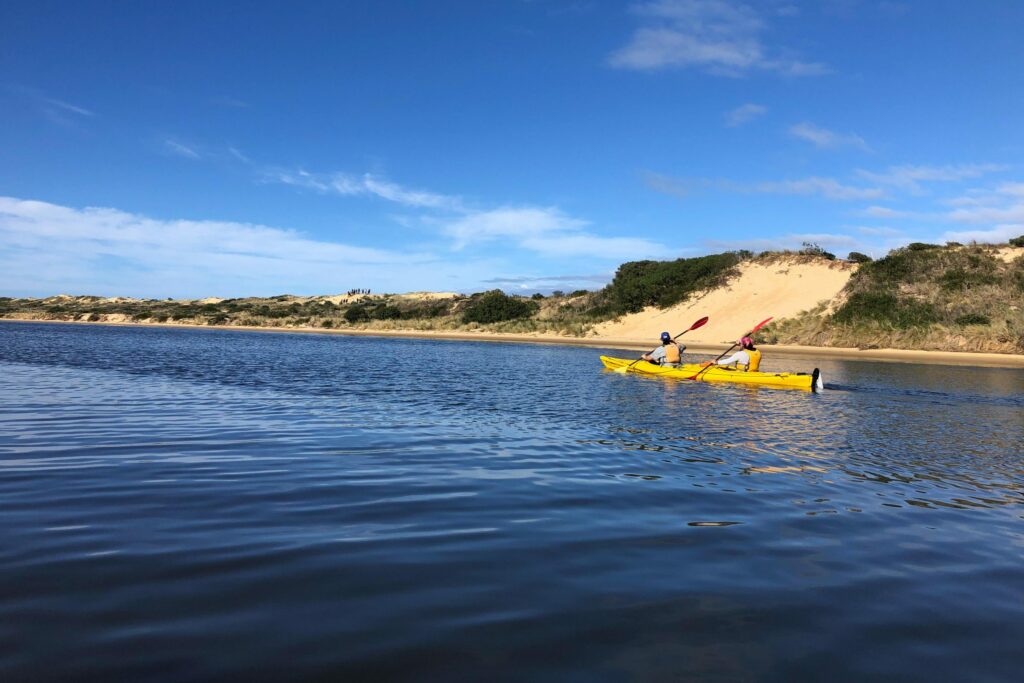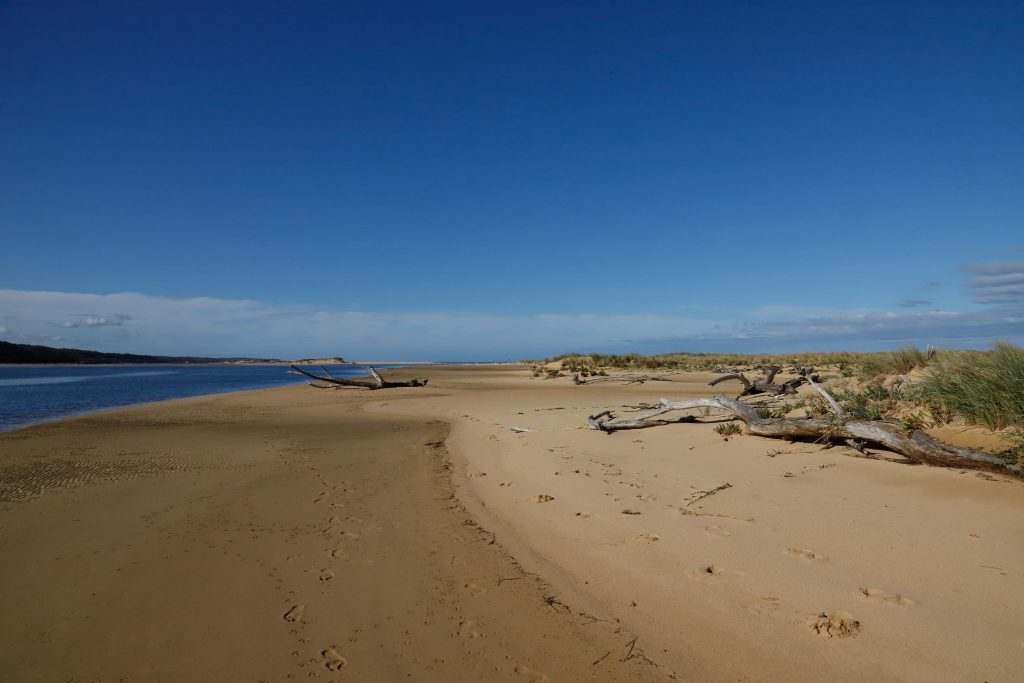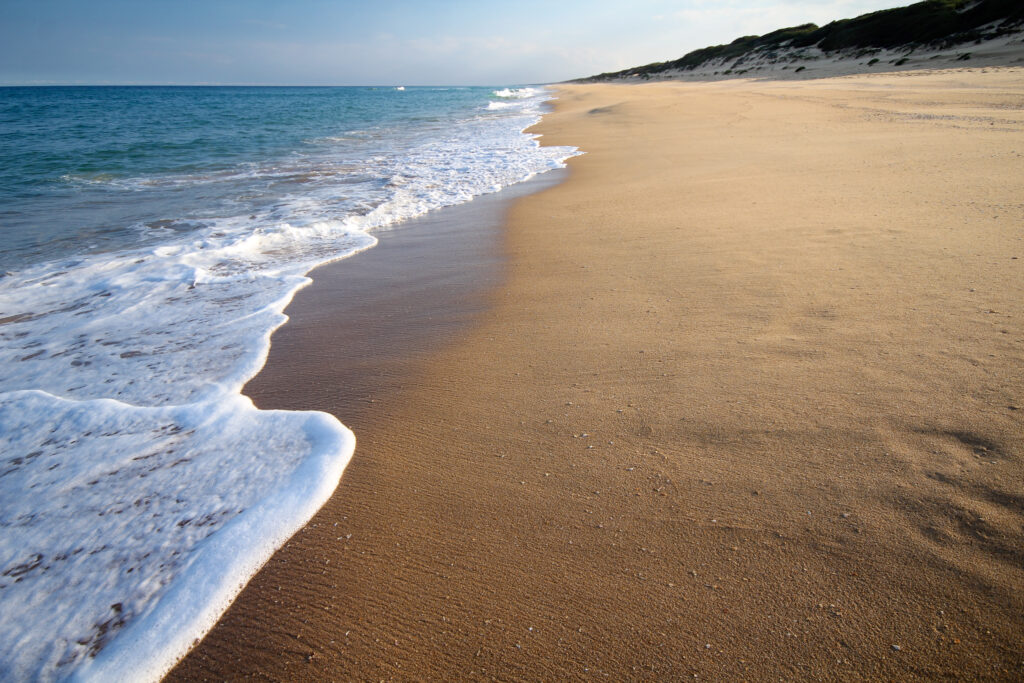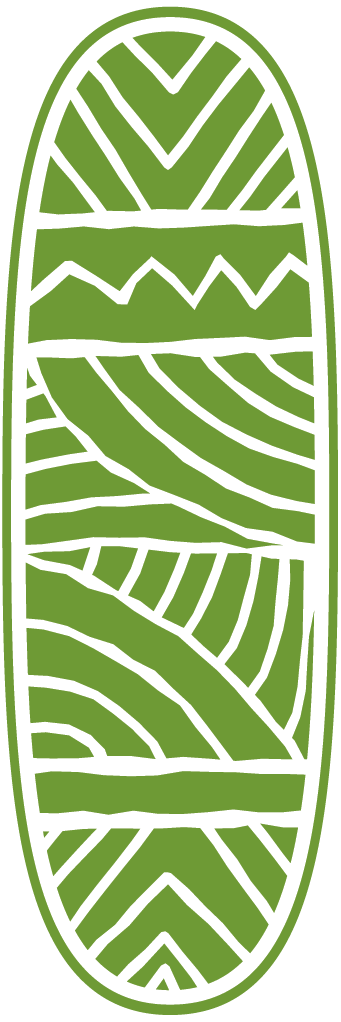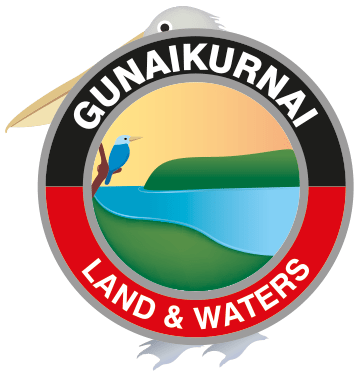Corringle Foreshore Reserve
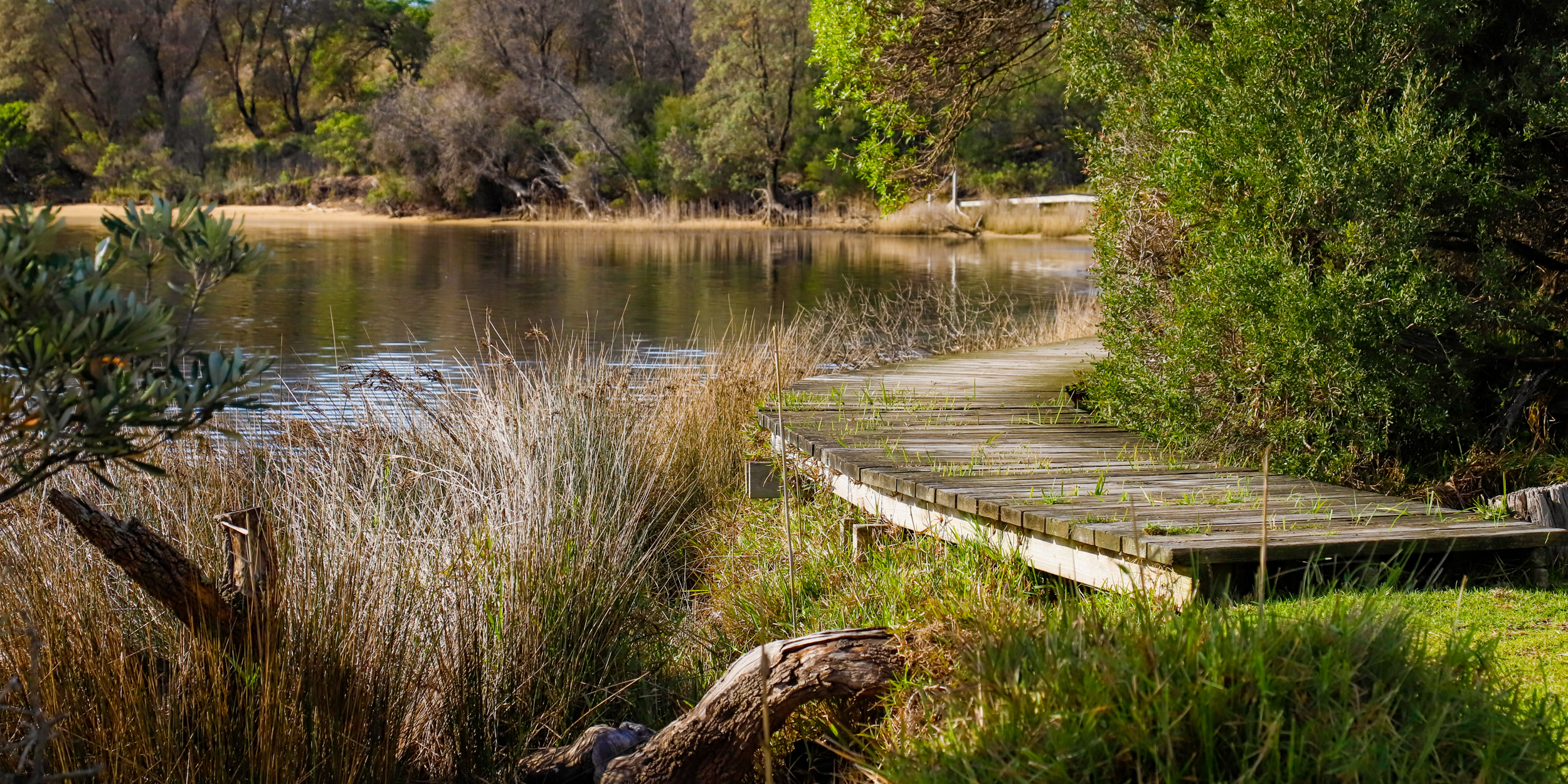
This place was an important meeting place for our Old People, who used to go camping and fishing here. It was a plentiful food source for the mob and a place of connection — joining the ocean to the rivers, connecting along the coastline to Lake Tyers.
It was also a place where Aboriginal people came to when they were displaced from the Lake Tyers Mission, and a place where people who lived away from Country would come to reconnect to their traditional land, as it was considered a safe place.
Today many Gunaikurnai continue to use the reserve for the same reasons, enjoying camping, fishing and gathering natural resources. The Gunaikurnai cultural values of the reserve have not been systematically surveyed and mapped, but key values are known to include large middens.
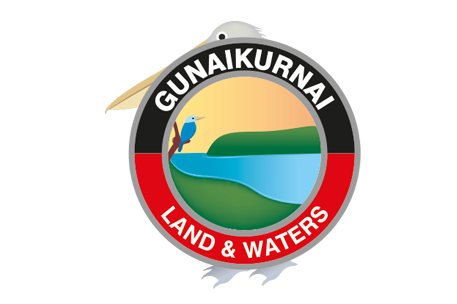
Corringle Foreshore Reserve is one of the fourteen jointly managed parks and reserves within Gippsland.
The Joint Management Agreement recognises that GunaiKurnai people hold Native Title and maintain a strong connection to Country. As custodians of the land, they are the right people to speak for their Country.
These parks and reserves are cultural landscapes that
continue to be part of GunaiKurnai living culture.
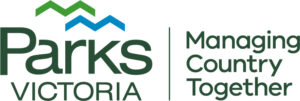
The Corringle Foreshore Reserve covers 163 hectares near the mouth of the Snowy River estuary, 20 kilometres south of Orbost. It is commonly referred to as Corringle Slips and is a popular camping, boating and fishing location with good access to the estuary. The reserve has a long frontage to Bass Strait and looks across the estuary to the township of Marlo.
Before the grant of Aboriginal Title the reserve was set aside for public purposes, including a land
parcel on the western end of the reserve set aside for road access and preservation of native
vegetation.
The reserve is a quiet coastal camping destination with relatively easy access.
The reserve is adjacent to the Lower Snowy River Wetlands, which are registered on the Australian Government’s Directory of Important Wetlands — Lake Corringle, Lake Wat Wat, Lake Curlip, Cabbage Tree Lagoon, and numerous other small wetlands on the floodplain of the Snowy and Brodribb Rivers.
The area consists of extensive saltmarsh flats and reed beds, paperbark thicket, mudflats and seagrass beds, and supports a diverse faunal assemblage. The Lower Snowy River Wetlands are highly valuable for their ecological, recreational, scientific, educational and scenic values.
Approximately half of the reserve area comprises the coastal dune scrub/grassland mosaic ecological vegetation class (EVC), the standard approach for categorising native vegetation in Victoria. This includes the camping area. Just over forty per cent of the area is coast banksia woodland EVC. Both EVCs are common in the East Gippsland Lowlands Bioregion.
Small areas of Coastal Saltmarsh and Littoral Rainforest also occur in the reserve, both of which are listed vegetation communities under the Environment Protection and Biodiversity Conservation Act 1999 (Cwlth) (EPBC Act). Littoral Rainforest is classified under the Act as critically endangered nationally, and Action Statement 258 under the Flora and Fauna Guarantee Act 1988 (Vic.) applies to this EVC.
Corringle Foreshore Reserve is located on the country of the Krauatungalung clan.
The Gunaikurnai Whole of Country Plan sets out the following management priorities for the reserve:
• making arrangements for Gunaikurnai rangers and natural resource management staff to do all the management roles, including maintenance, interpretations, cleaning and bookings
• Increasing the number of rangers working on the ground
• putting in place an evaluation to determine the effectiveness of this arrangement and build the case for the transfer of full management responsibility
• looking at creating or reserving certain campsites for use only by Gunaikurnai.
While recognising these priorities, this plan sets out actions that are consistent with and limited to, the terms of the 2010 Recognition and Settlement Agreement.
Under joint management, Corringle Foreshore Reserve will be enhanced as coastal camping, boating and fishing destination, while its natural and cultural values will be protected, conserved and interpreted.
There is an opportunity to improve the standard of the camping facilities, and for Gunaikurnai people to increase their role in management with a view to managing the reserve in the future.
Click here to read the full Joint Management Plan for Corringle Foreshore Reserve
